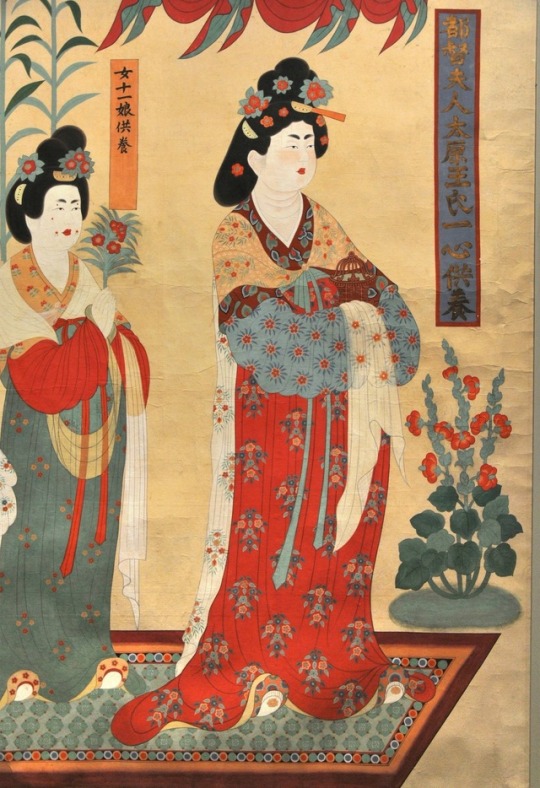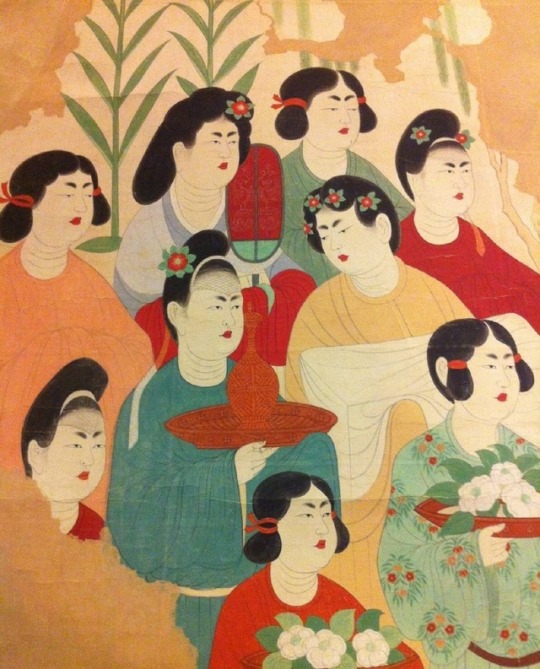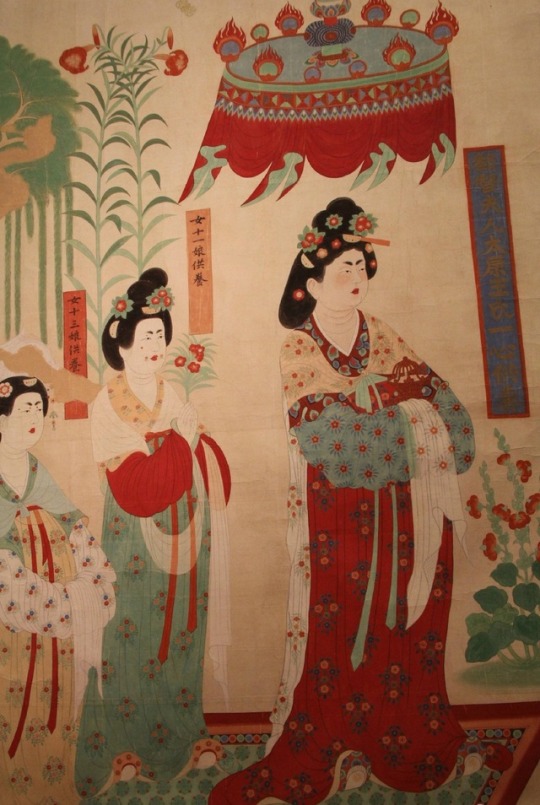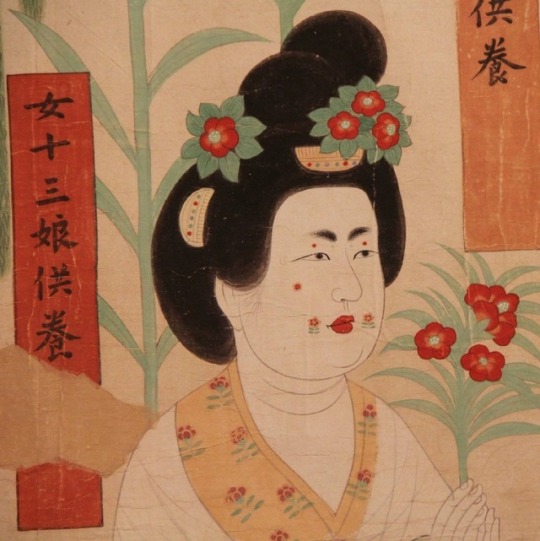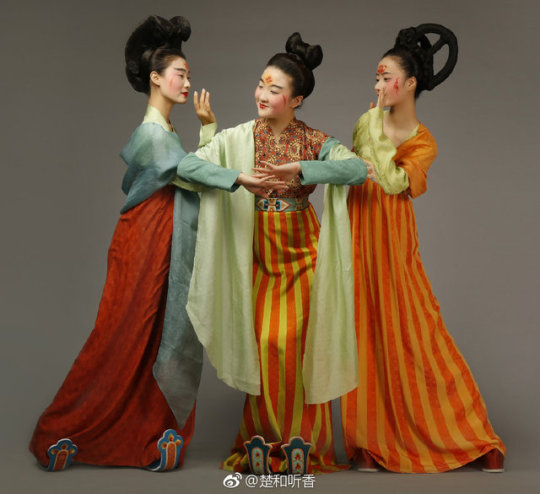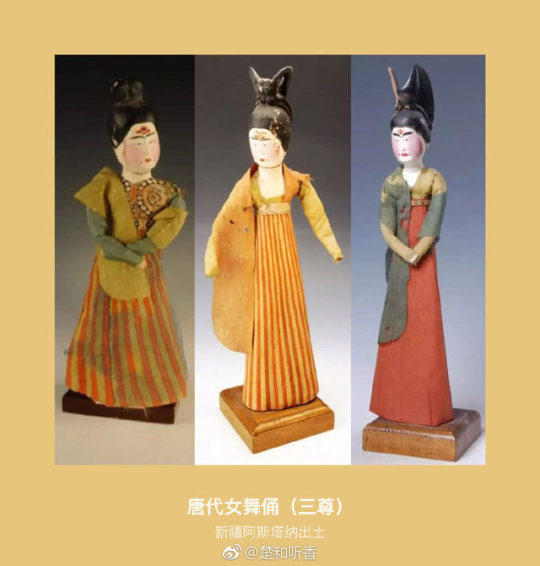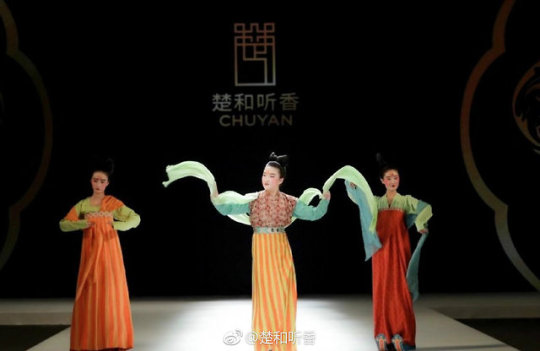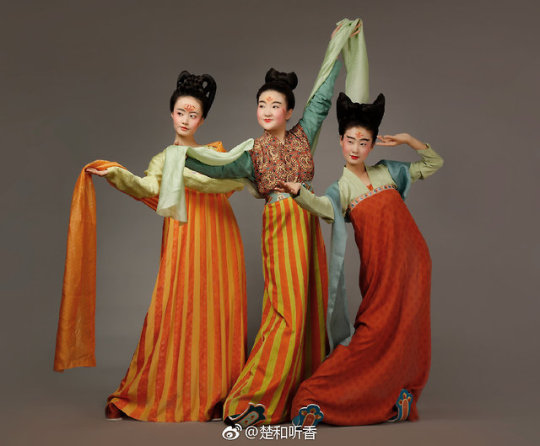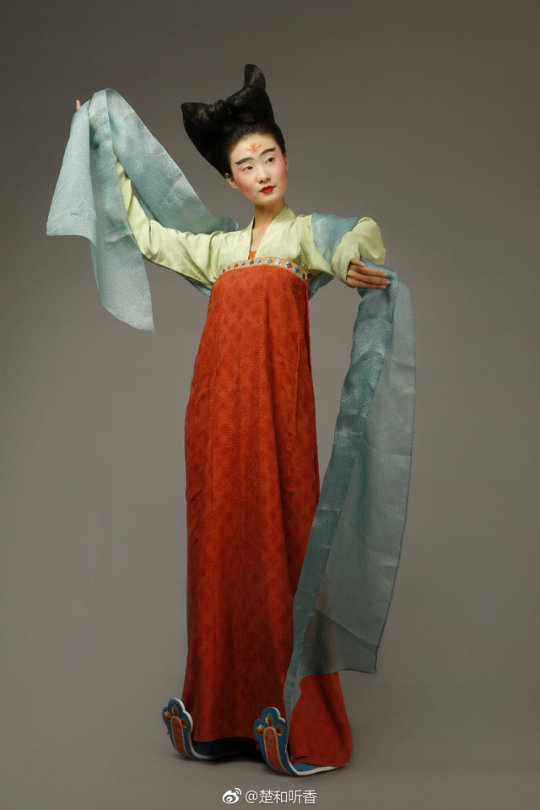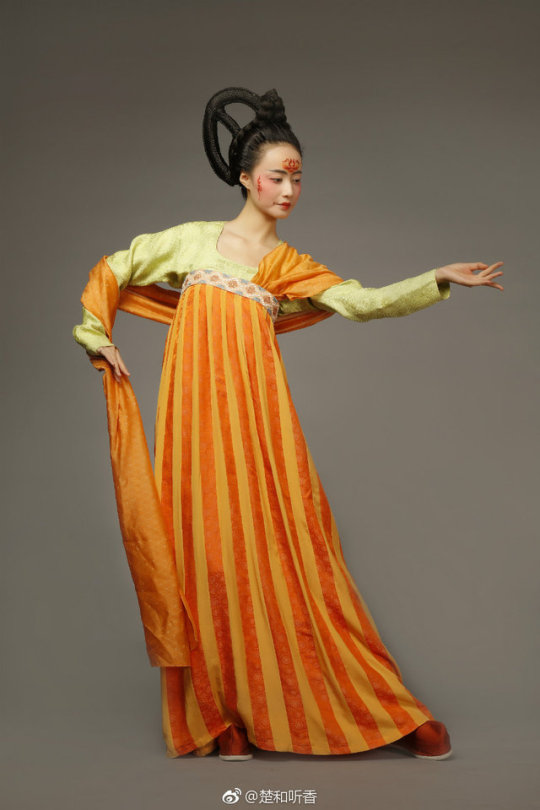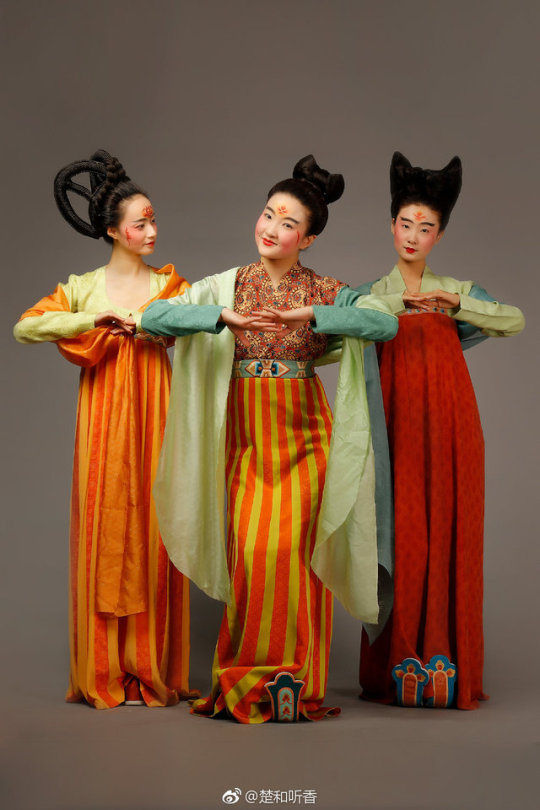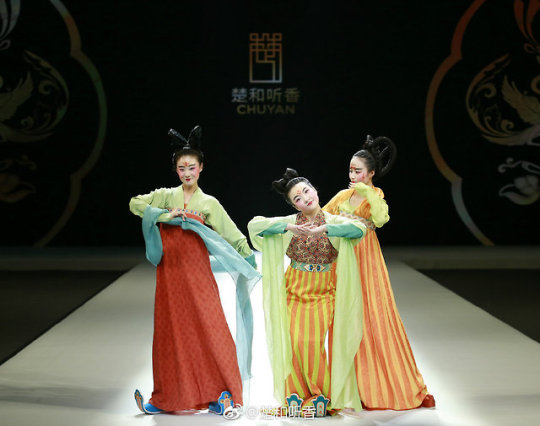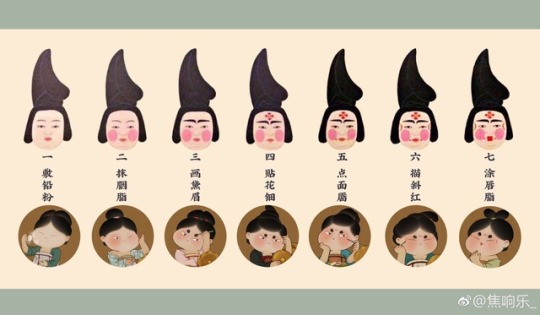Text
新春快樂
祝大家一路牛牛牛
Happy Lunar New Year
Be strong like the Ox
97 notes
·
View notes
Text
🎶 哏德全(GenDeQuan) 葫蘆絲(HuLuSi) 阿佤人民唱新歌(AWaRenMinChangXinGe)
📸 Taobao
3K notes
·
View notes
Photo

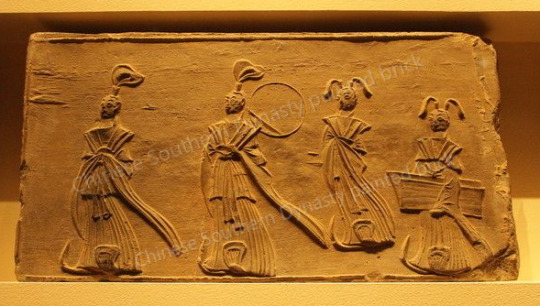
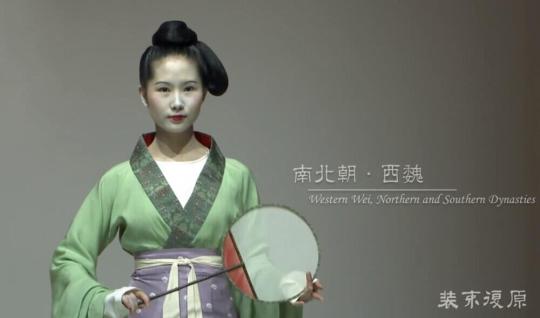

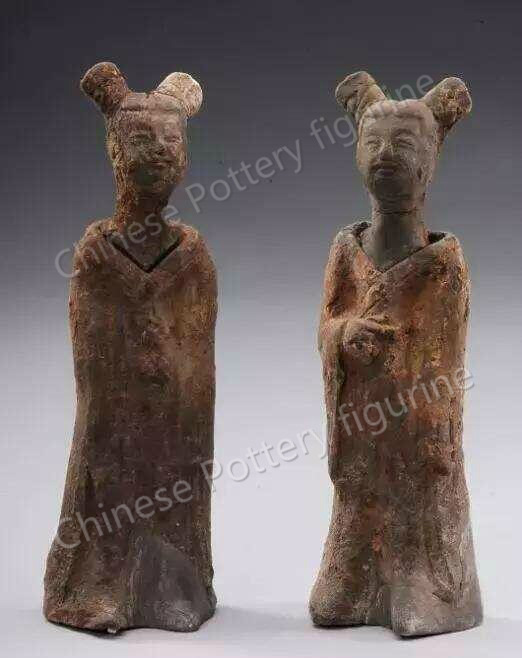

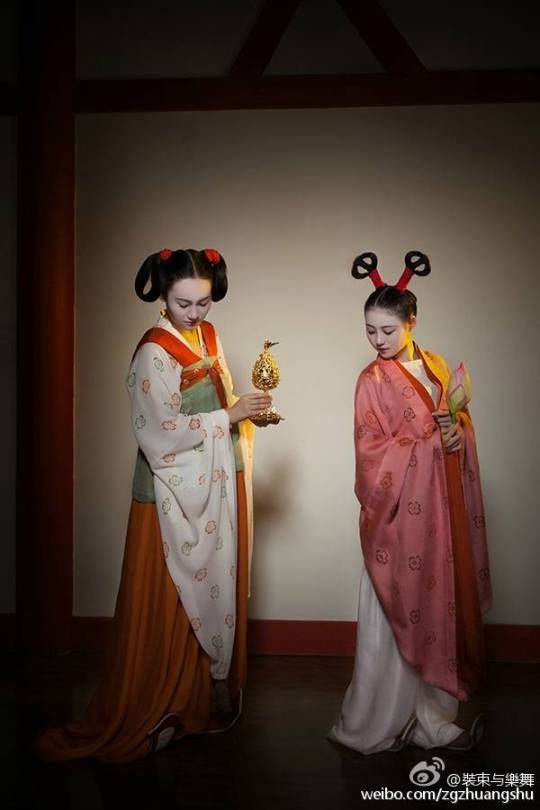
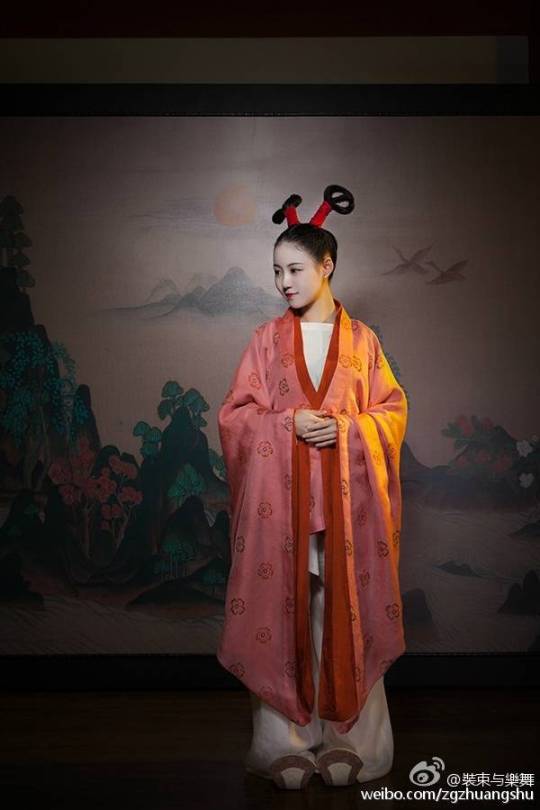
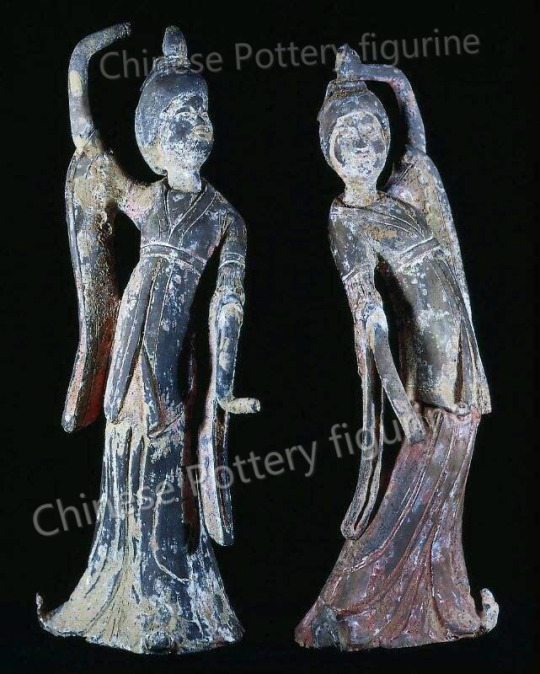
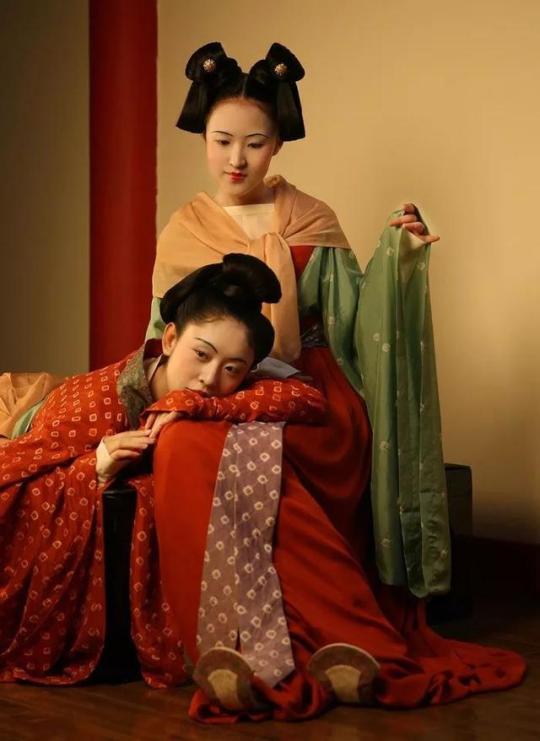
The restoration of traditional Chinese clothing/Hanfu in the Southern and Northern Dynasty, from裝束復原團隊(中國裝束復原小組)
https://m.youtube.com/watch?v=hoO_MGRqXBM#menu
The Northern and Southern Dynasties (420 AD ~ 589 AD) were the general names of the Southern and Northern dynasties. During the Northern and Southern Dynasties, China’s south and north were divided.
The Southern Dynasty (420 AD ~ 589 AD).
The Northern Dynasty (386 AD ~ 581 AD)
159 notes
·
View notes
Text
youtube
Peace ✌️
57 notes
·
View notes
Text
Happy Mid-Autumn Festival
中秋節快樂
Hope this pandemic will be over soon. 🙏
Stay safe, stay healthy and stay awesome.
6 notes
·
View notes
Photo
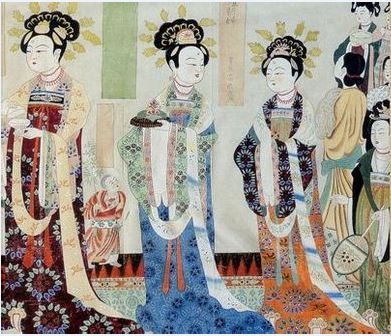
Noble ladies worshipping Buddha, late Tang dynasty mural in the Mogao caves complex
222 notes
·
View notes
Photo
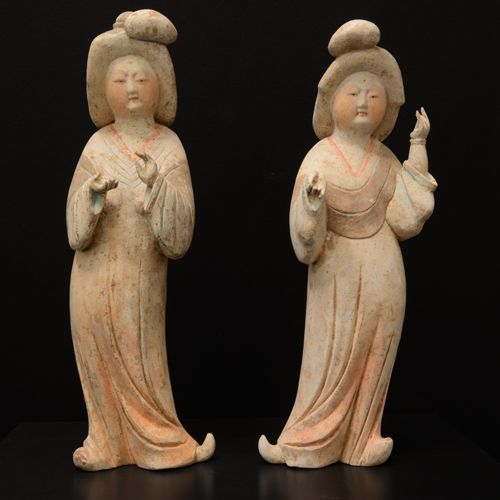
Court ladies, second half of the Tang dynasty (C 800 AD), China
213 notes
·
View notes
Text

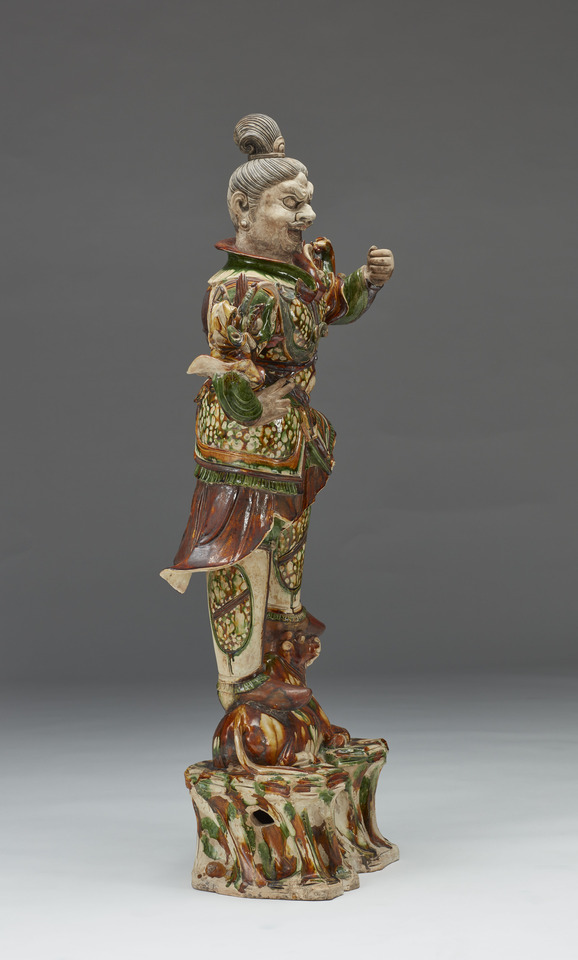
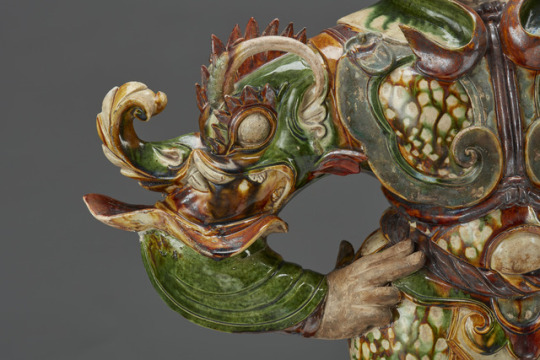

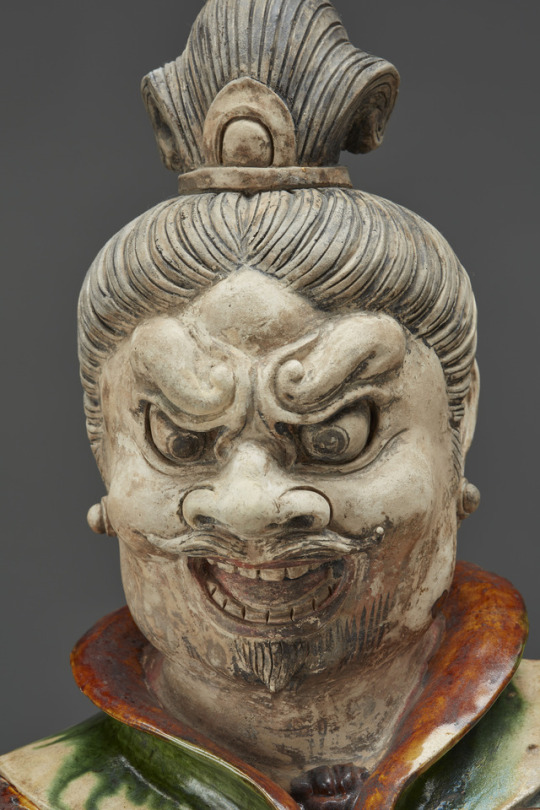
~ Tomb Guardian.
Culture: Chinese
Period: Tang dynasty
Date: early 700’s
Medium: Earthenware with lead glaze, ink and gold.
251 notes
·
View notes
Text
A Mandolin Player

This figure of a mandolin player comes from Tang Dynasty China (AD 618–907) 🎵
In the Tang dynasty (AD 618-906) it was customary to be buried with objects that represented daily life. Because the Chinese capital was the biggest, most cosmopolitan city in the world during the seventh and eighth centuries, burial goods often depict the exotic and rich lifestyles. This could include musicians🎸, dancers 💃🏽, camels 🐪 and other representations of life on the Silk Road; the trade route across Central Asia that helped to make China so prosperous.
This figure is one of a group of dancers and musicians which formed part of a set of burial objects. It is made from earthenware and painted with pigment.
198 notes
·
View notes
Note
Can you tell me more about fabric flower hair pins used in hanfu? I saw a lot of Japanese-style kanzashi in “The Empress of China”, but I couldn’t find any info of that sort of hair ornament used in Chinese history.
Hi, thanks for the question!

Yep, you’re right - the Cdrama “The Empress of China” sometimes uses Japanese-style fabric flower hairpins (see example below) that are culturally and historically inaccurate (then again, Chinese costume dramas are notorious for being loose with sartorial historical accuracy…):
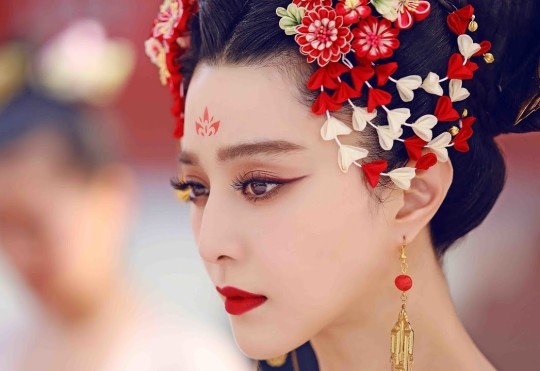
So let’s now take a look at actual Chinese fabric flower hairpins:

The umbrella term for Chinese flower hair ornaments is Zan Hua/簪花 (lit. “flower hairpins”), which includes fresh flowers as well as artificial ones made from fabric, paper (Zhi Hua/纸花), beads (Zhu Hua/珠花), etc.
Traditional Chinese fabric flower hairpins used with Hanfu include (but are not limited to!):
1) Juan Hua/绢花: “Silk flowers” - flower imitations made from silk fabrics of various colors. Dates back to more than 1,700 years ago, and was the main ornament for women during the Tang Dynasty. In 2008, Beijing Juanhua was officially designated as an intangible cultural heritage of China.


2) Chan Hua/缠花: “Wrapped flowers” - using colorful silk threads to wind flower art onto fixed frames. The technique of wrapping flowers originated during the Ming dynasty and flourished in the Qing dynasty. Notable for being small, delicate, and lifelike. Has been designated as an intangible cultural heritage of China.

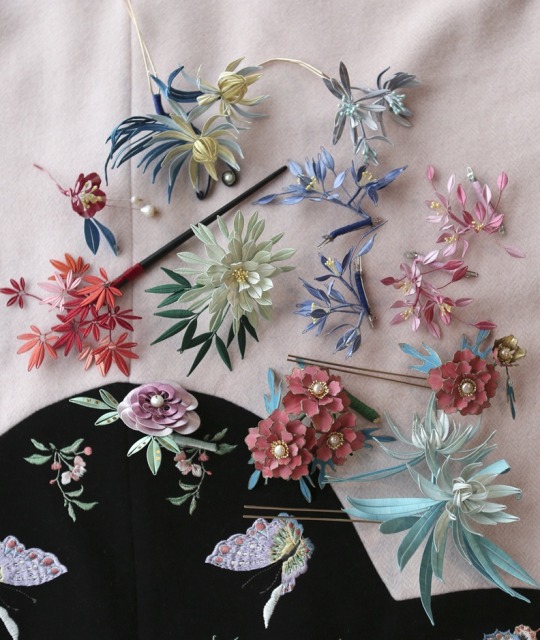
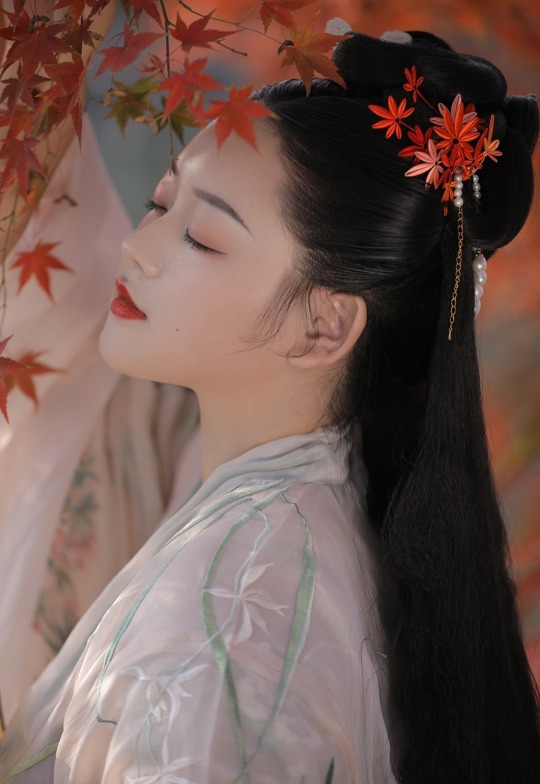
3) Rong Hua/绒花: "Velvet flowers” - made from fine silk on twisted wire frames. Dates back to the Qin Dynasty, and was a marker of nobility. Eventually became popular among the common people during the late Ming and early Qing dynasties, and was mainly worn during festivals and weddings. In 2006, Nanjing Ronghua was officially designated as an intangible cultural heritage of China.


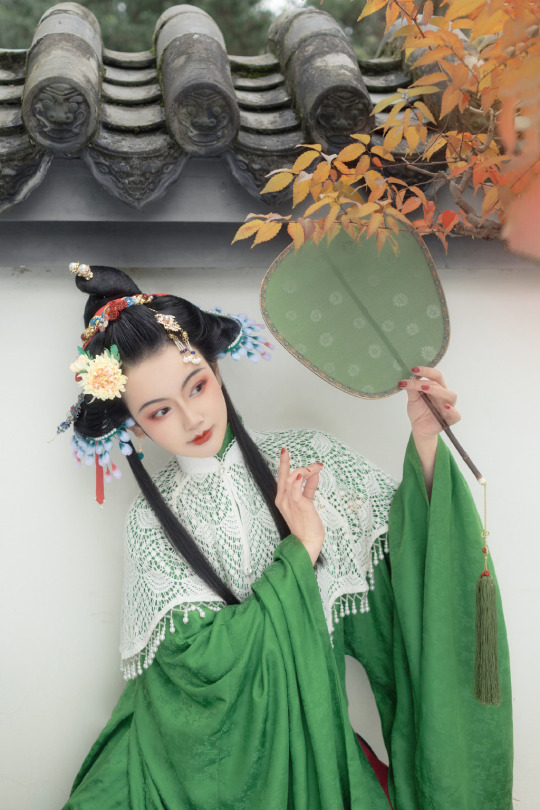
For more resources, you can check out my Zanhua tag for my posts on Chinese floral hair ornaments, as well as my sub-tags for Chanhua and Ronghua.
Of course this doesn’t cover everything, but hope this helps! ^^
Sources/Images: 1, 2, 3, 4, 5, 6, 7, 8, 9, 10, 11, 12
3K notes
·
View notes
Note
The festival hat you just posted...I've never seen hats like that in Chinese clothing before but it looks similar to hats in Korean hanbok, are they similar?
I saved this ask for now since it’s very relevant to Chinese New Year, which is today! The festival hat post you’re referring to is this one. The hat is a Tiger Hat, called 虎头帽/Hu Tou Mao in Chinese.
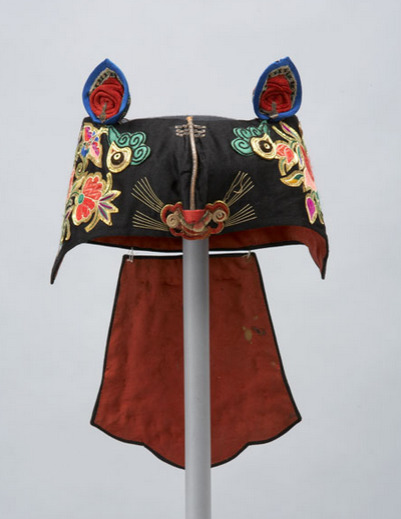
Hats embodying the shapes of animals are traditionally worn by Chinese children to protect them from evil spirits and ensure their future success. Worn mostly by young boys, these hats are given to mark special occasions during the child’s development. They are worn for festive events, such as a child’s birthday, New Year’s celebrations, and festivals/holidays.
Tigers have long been used as a totem in China, appearing everywhere from armor to pillows in hopes of endowing the user with the strength and vitality of the King of Beasts. It was believed that tigers frightened away evil spirits and ensured a prosperous future. Below - a variety of Tiger Hats:

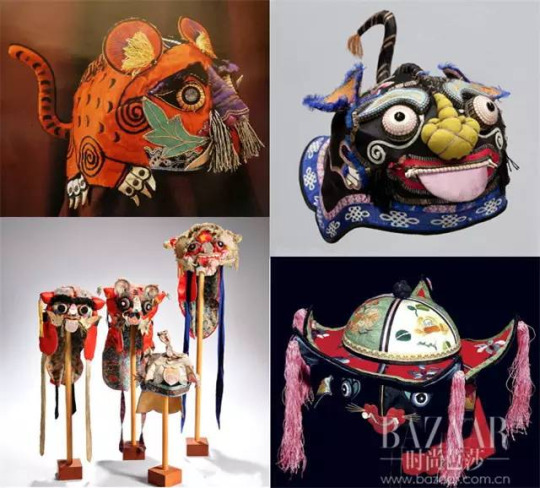
The Tiger Hat is worn by children during Winter and early Spring festivities in order to bless them with the strength of the tiger. It also serves as a warm hat and a cute decoration:



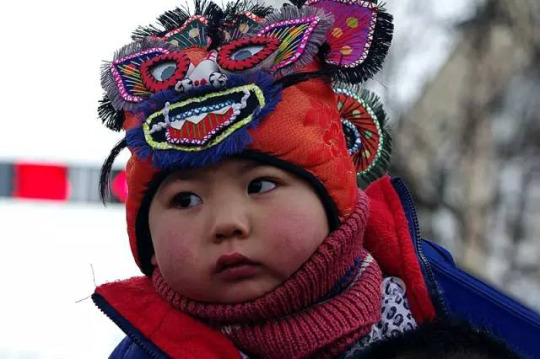
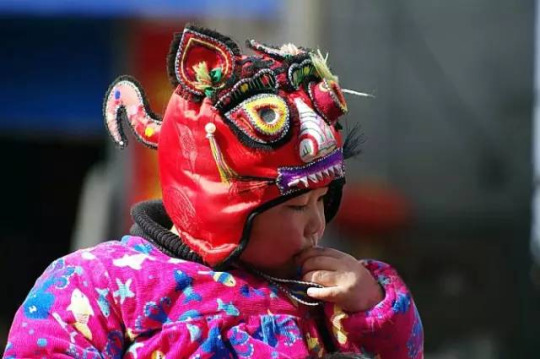
Tiger Hats are typically worn with Tiger Shoes, which are shoes created in the shape of tigers:

For more photos, see my “Tiger Hat” and “Tiger Shoes” tags.

The similar hat in Korean hanbok you’re referring to is called Hogeon (“Tiger Cap”). It’s the Korean version of the Tiger Hat. Similar to the Chinese Tiger Hat, it’s worn by young boys during holidays and celebrations. The outer is made of a black silk, while the inner is dark blue silk. A tiger pattern is embroidered on the surface, reflecting parents’ wish for their children to grow brave:
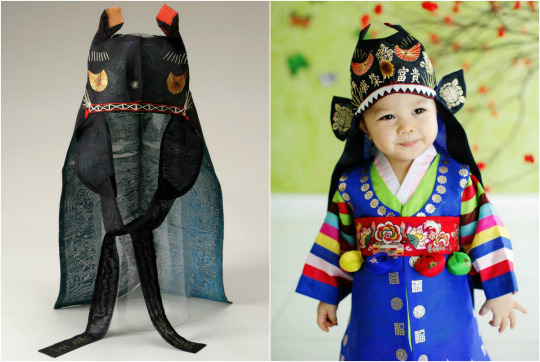
Hope this helps!
Sources: 1, 2, 3, 4, 5 (thanks @fate-magical-girls for a lot of the info/links
4K notes
·
View notes

